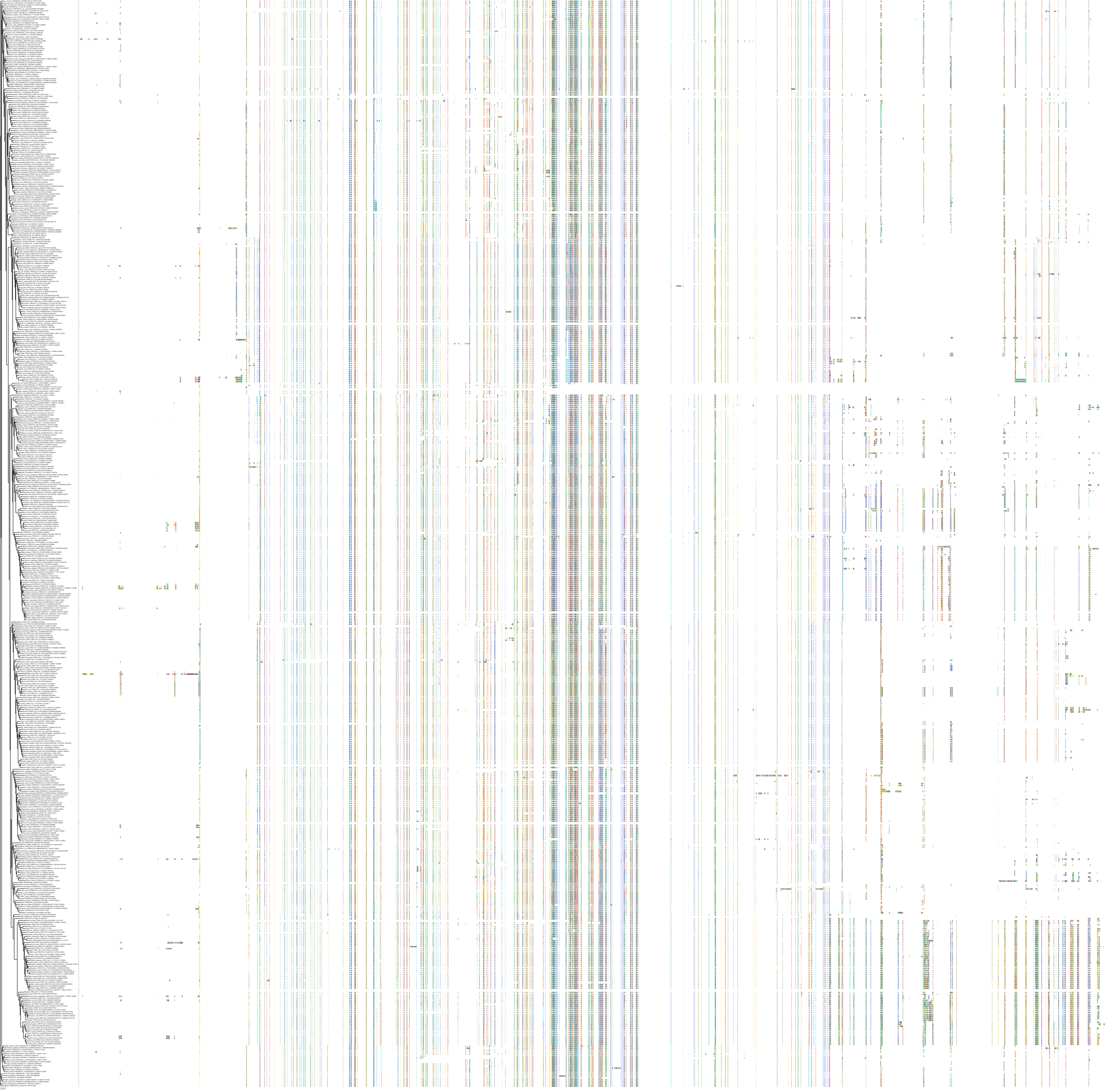| Synonyms | |
| Status | |
| Molecule Category | Free-form |
| UNII | 32524GLF40 |
Structure
| InChI Key | CWFVVQFVGMFTBD-SECBINFHSA-N | |
|---|---|---|
| Smiles | ||
| InChI |
|
Physicochemical Descriptors
| Property Name | Value | |
|---|---|---|
| Molecular Formula | C18H13ClF4N6O | |
| Molecular Weight | 440.79 | |
| AlogP | 3.63 | |
| Hydrogen Bond Acceptor | 6.0 | |
| Hydrogen Bond Donor | 0.0 | |
| Number of Rotational Bond | 2.0 | |
| Polar Surface Area | 76.8 | |
| Molecular species | NEUTRAL | |
| Aromatic Rings | 3.0 | |
| Heavy Atoms | 30.0 |
Bioactivity
| Mechanism of Action | Action | Reference | |
|---|---|---|---|
| P2X purinoceptor 7 antagonist | ANTAGONIST | ClinicalTrials PubMed PubMed PubMed |
|
Protein: P2X purinoceptor 7 Description: P2X purinoceptor 7 Organism : Homo sapiens Q99572 ENSG00000089041 |
||||
| Targets | EC50(nM) | IC50(nM) | Kd(nM) | Ki(nM) | Inhibition(%) | ||
|---|---|---|---|---|---|---|---|
|
Enzyme
Cytochrome P450
Cytochrome P450 family 2
Cytochrome P450 family 2C
Cytochrome P450 2C8
|
- | 9600 | - | - | - | ||
|
Ion channel
Ligand-gated ion channel
P2X receptor
|
- | 4-20 | - | 5 | - |
Cross References
| Resources | Reference | |
|---|---|---|
| ChEMBL | CHEMBL4079239 | |
| DrugBank | DB15358 | |
| FDA SRS | 32524GLF40 | |
| PubChem | 90409366 | |
| SureChEMBL | SCHEMBL16036477 |









